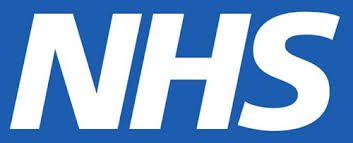Overview of the programme
Heart attacks, stroke and other forms of cardiovascular disease (CVD) result in a quarter of all deaths in the UK. They are also a major driver of health inequalities, responsible for a large percentage of the life expectancy gap between deprived and affluent communities (source: UK HSA).
High blood pressure and high cholesterol are leading risk factors for CVD, but they are highly modifiable, and treatment substantially lowers the risk of CVD (source: British Heart Foundation).
Regional AHSNs are working to lower these CVD risk factors through our Blood Pressure Optimisation (BPO) programme, supporting primary care in three ways:
1. Implement UCLPartners’ Proactive Care Frameworks
Proactive Care Frameworks support primary care staff within Primary Care Networks (PCNs) to optimise clinical care and self-management for people with high blood pressure and other CVD risk factors such as high cholesterol. The Frameworks offer:
- Risk stratification to prioritise which patients to see first
- Use of the wider workforce to support remote care and self-care
- Supporting patients to maximise the benefits of remote monitoring and virtual consultations where appropriate
These initiatives support GP practices to meet the Quality and Outcomes Framework (QOF) and other quality improvement targets.
2. Develop case finding initiatives
AHSNs are supporting PCNs to identify patients with previously undiagnosed high blood pressure through case finding interventions.
3. Focus on tackling health inequalities
AHSNs are supporting Integrated Care Systems (ICSs) to reduce health inequalities by targeting support to the most deprived populations and other local priority groups for CVD, as outlined in NHS England’s Core20PLUS5 guidance.
Summary of resources
Below, you will find information collated to help you learn more about this programme’s aims, impact, and wider context, including evidence and information to support your implementation.
The resources have been selected for the benefit of health and care professionals. Some information links out to third party sources, and the Health Innovation Network is not responsible for the content on those sites.







